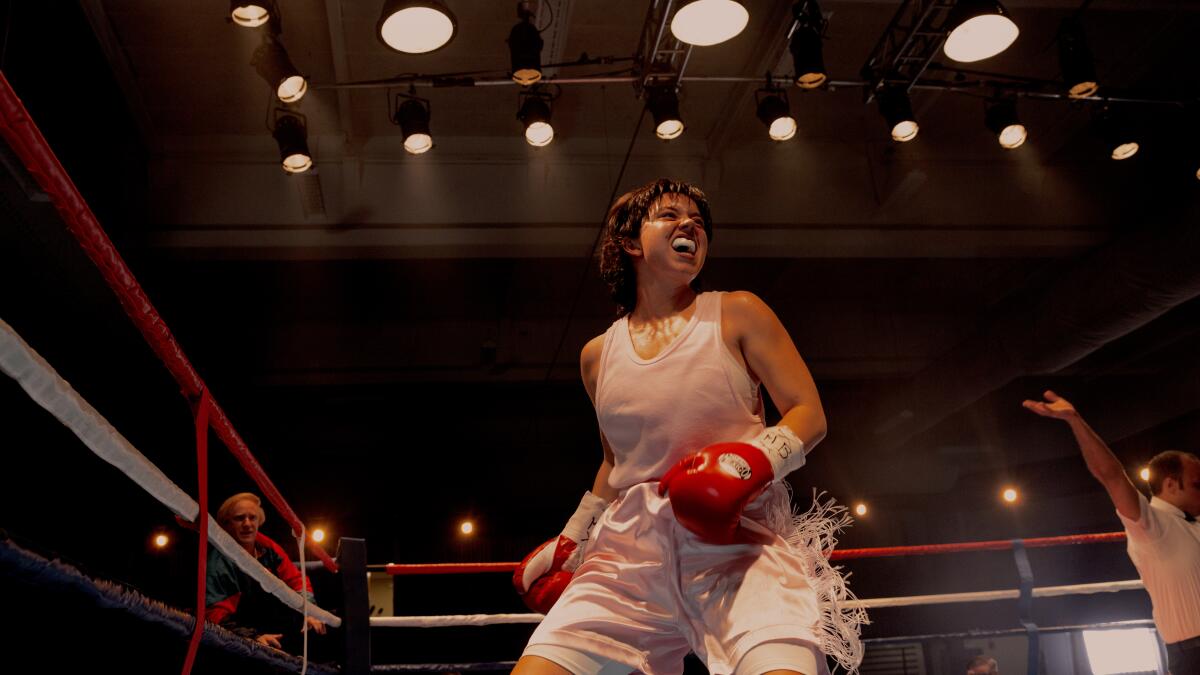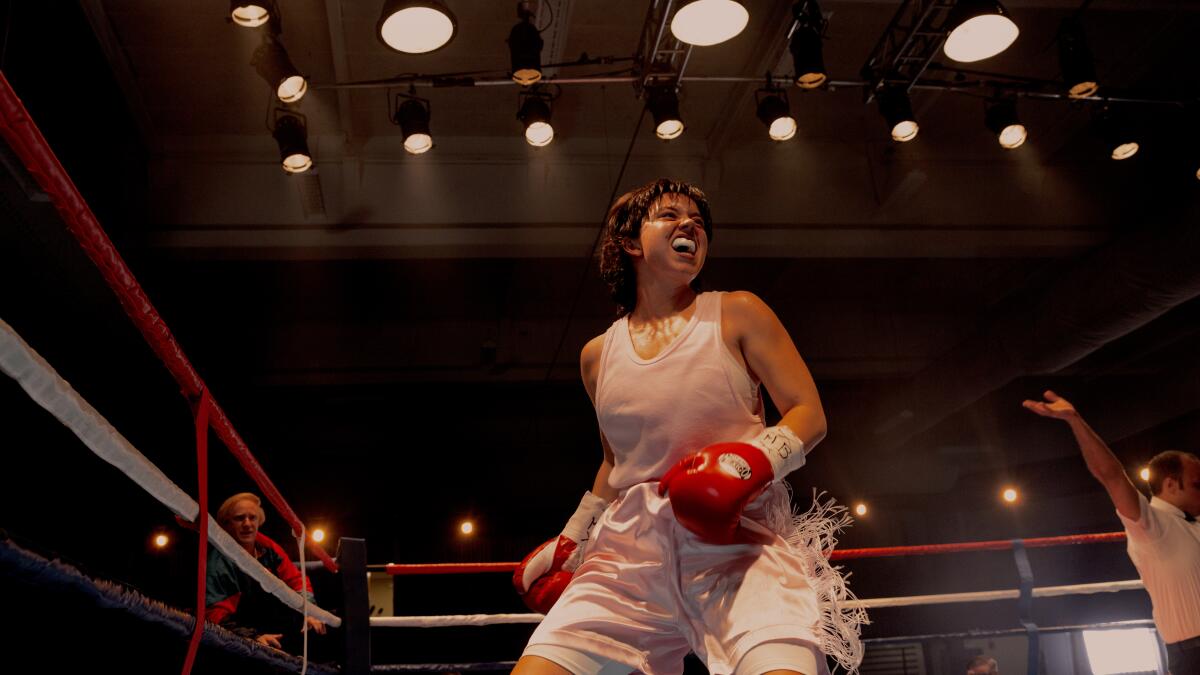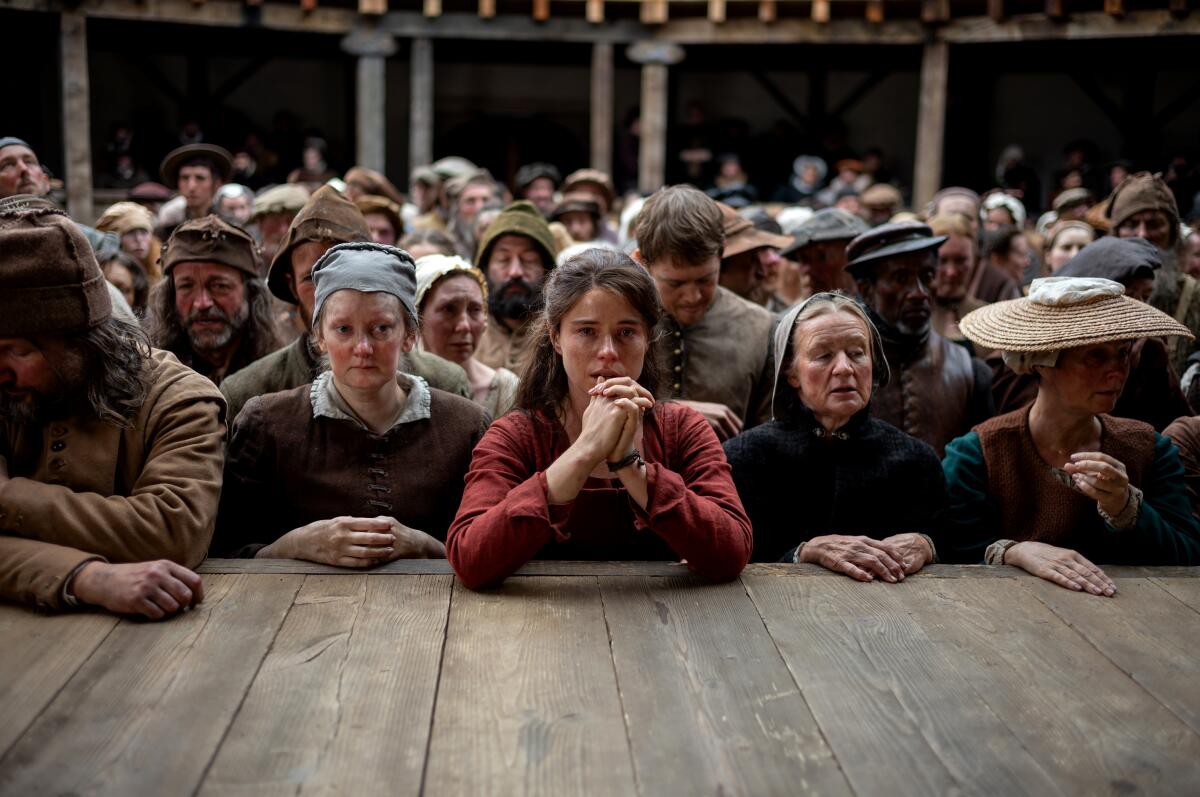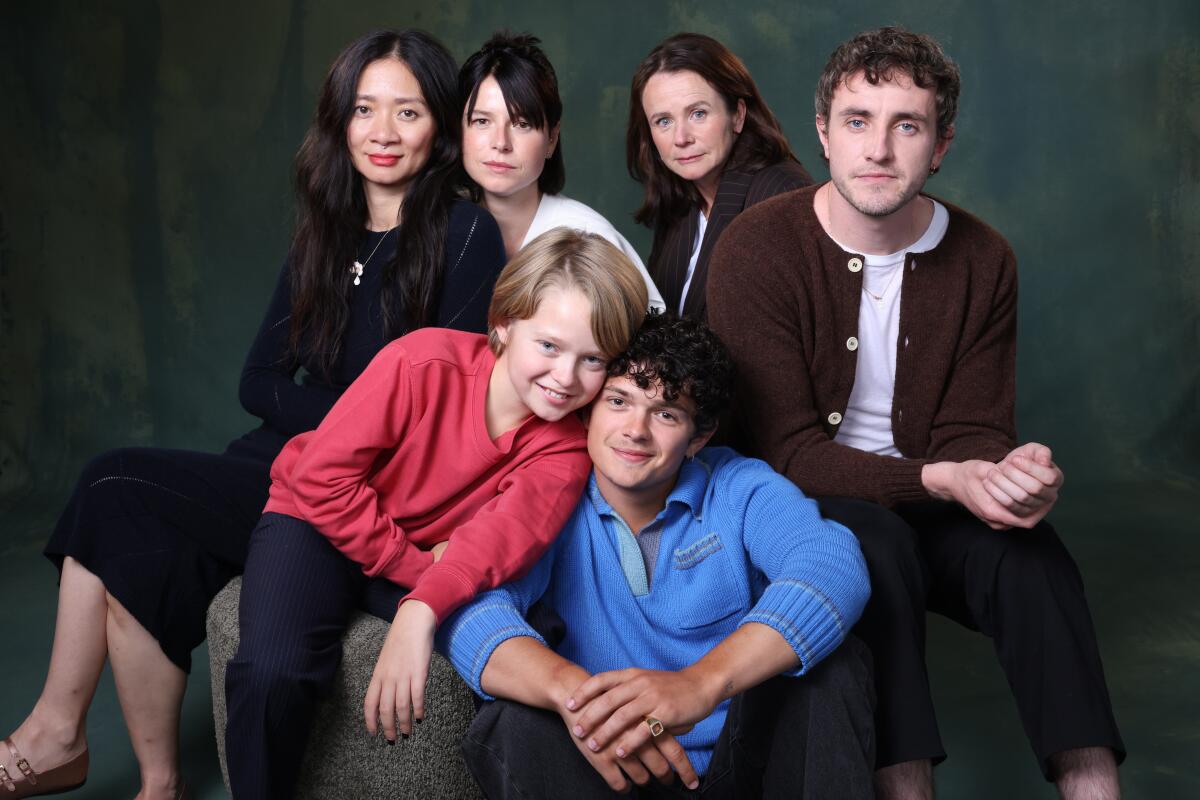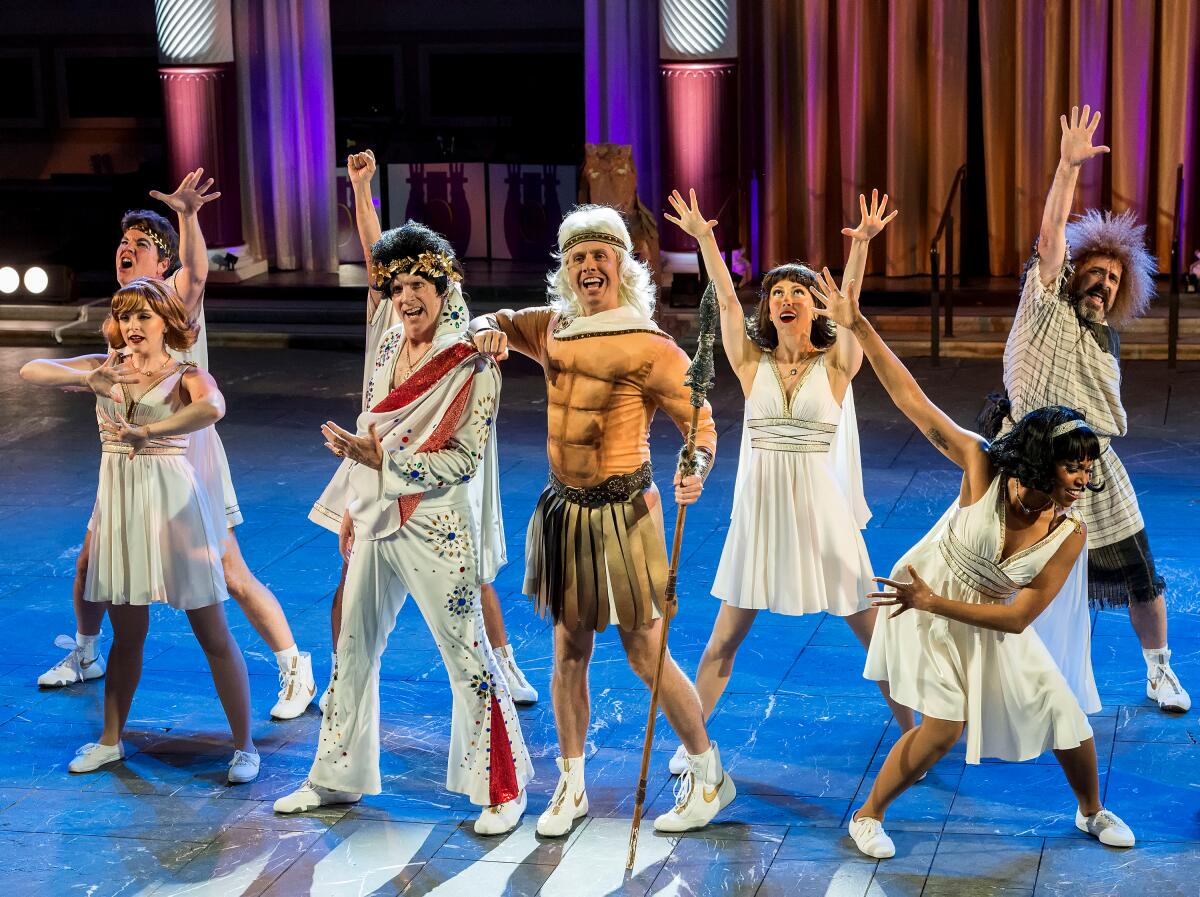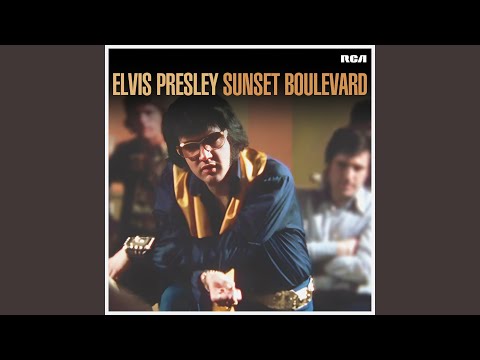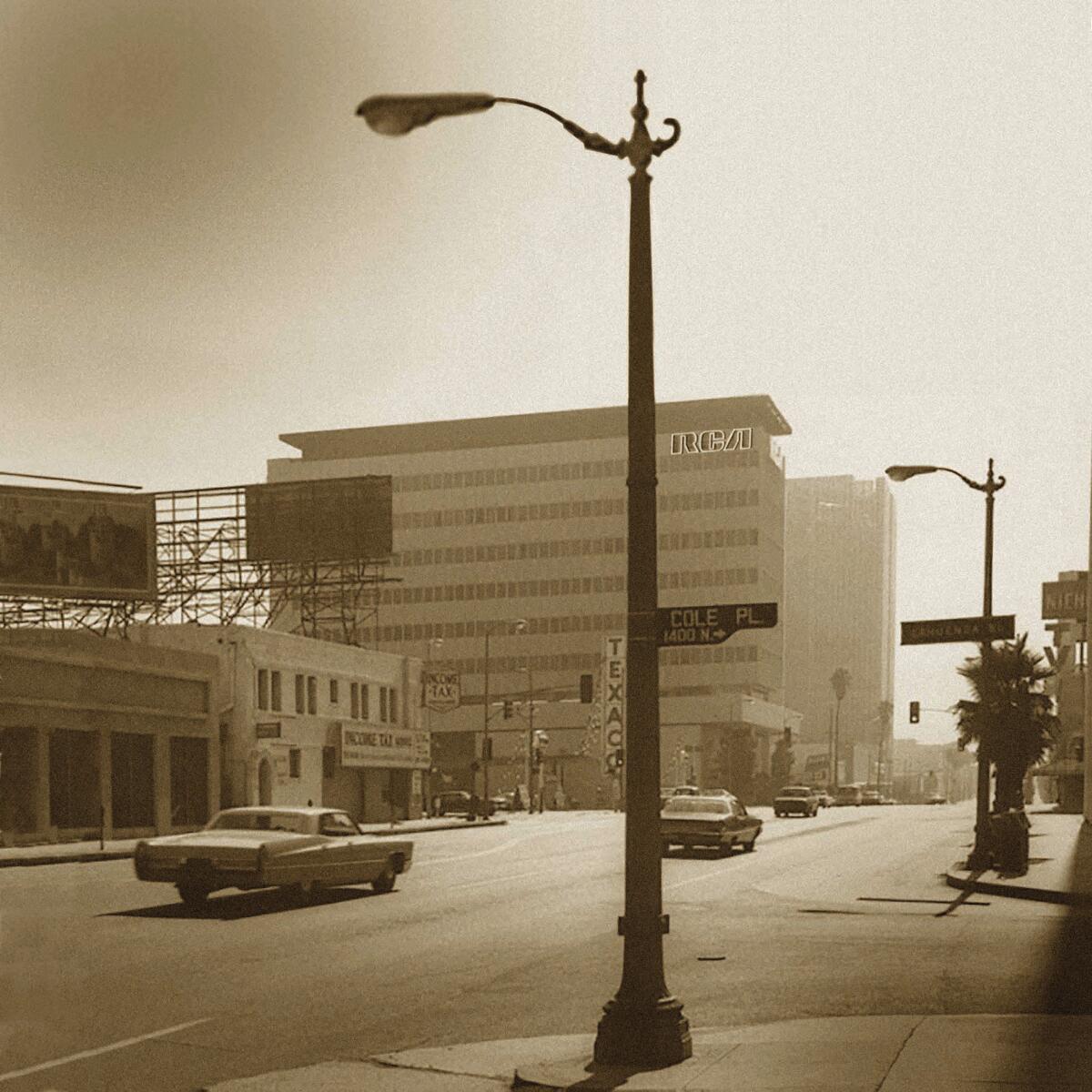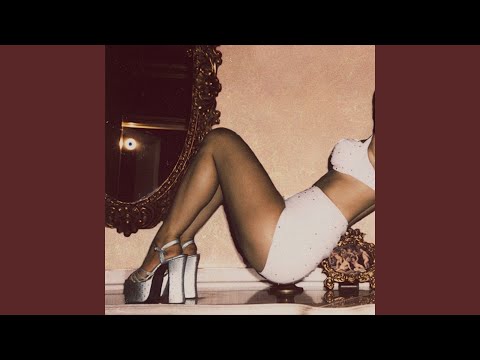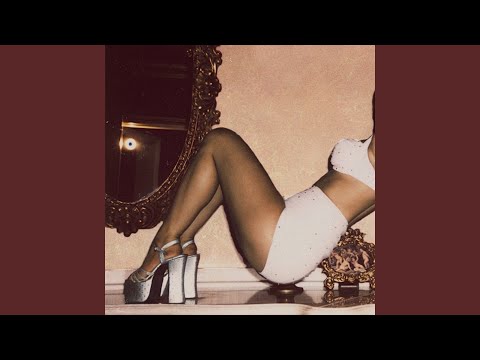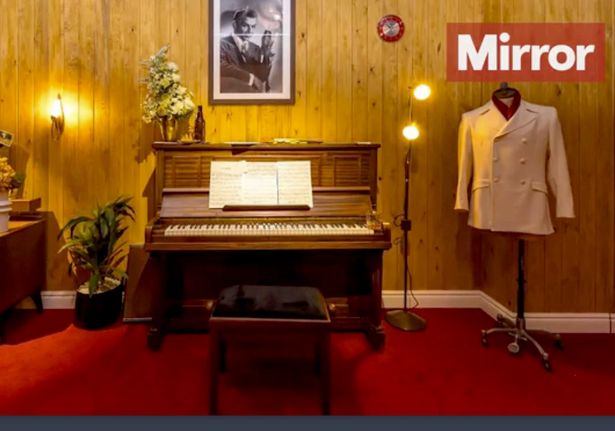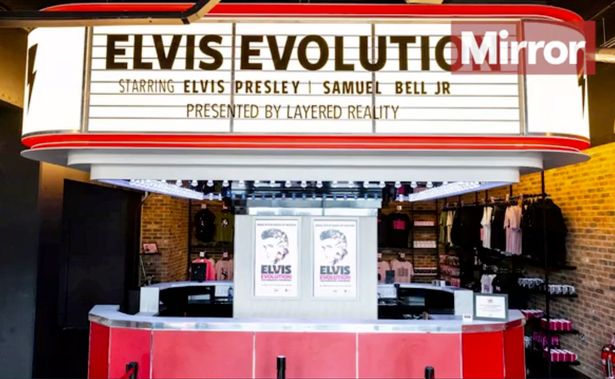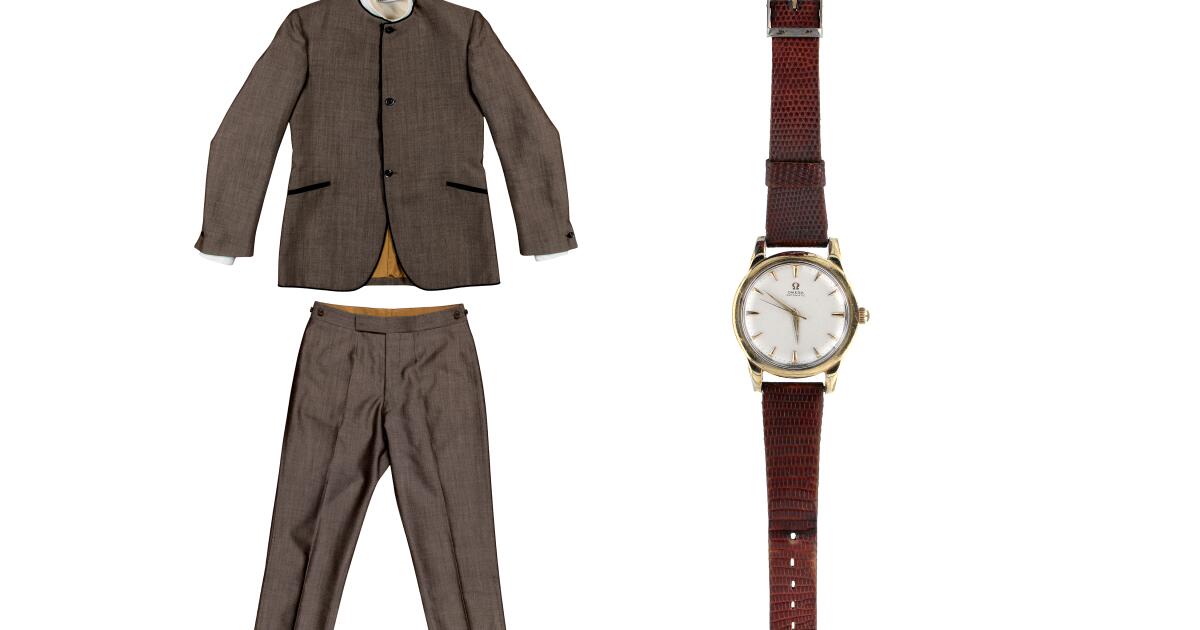Since opening at London Excel last Friday, Layered Reality’s Elvis Experience show has been torn to shreds by punters, who have complained about the visual effects and the cost of tickets
“It makes me feel sick.” Not the most glowing of reviews from Ann, a pensioner who opted to leave the Elvis Evolution experience as soon as the mind-bending, sound-warping, completely Elvis-free first half had finished.
Since opening at London Excel last Friday, the show has been torn to shreds by punters like Ann, who had been expecting to see a hologram of the King, only to settle for a selfie with a cardboard cutout. One pensioner was so irate at the steep ticket price he was dragged from the venue after shouting ‘b****cks’ over the live finale.
A tough opening week then for Layered Reality, a London-based events company that combines “the latest in performance technology with live actors and feature quality sets” to produce “the future of entertainment”, or so its website says at least.
When I visited Elvis Evolution on the grey Wednesday afternoon after its opening, I was taken on a “unique immersive” ride into the world of Elvis.
It was just more the parts when he was stuck in a Las Vegas penthouse suite, blasting his mind apart with a diet of nightly shows, hamburgers and Quaaludes, than the bit when he was hot and good at performing.
READ MORE: Baffled Elvis fans dub ’embarrassing’ event the ‘new Willy Wonka experience’
It begins in a 50s-style diner-come-holding pen, where guests are invited to arrive early to enjoy a £10 King and Tonic or a Paramount Pretzel.
“They’ve run out of ice cream, so the Pepsi Floats are off,” Cambridge man Carl told me. He’d had to schlep over the Thames on the IFS Cloud Cable Car from Greenwich after discovering the official car park was closed.
Having had a good moan about the prices as we queued for the first of about ten times that afternoon, we shuffled into the first scene – a recreation of Elvis’s dressing room – and then around it for about 20 minutes. A generous timeslot, given the room was about as faithful a creation of the 50s as the (admittedly incredible) OK Diner on the A1.
And then the lights dim and the conceit begins. A washed-up Elvis is refusing to leave his dressing room and hit the stage for his iconic 1968 NBC Comeback Special. A distressed show manager tells us not to worry, the King will be out soon, and that security guards are on site both for our and the staff’s safety. A little on the nose, given the pensioner dragging that took place just days ago.
Shockingly, the stage manager is wrong. Elvis doesn’t actually appear for the entire duration of the show, aside from in short projected clips of old performances, briefly recreated as an uncanny AI figurine and, at one weird point, as a comic book superhero.
After tempting punters with a hologram Presley just like ABBA Voyage down the road, Layered Reality made the “creative decision not to mimic Elvis’s performances” with the tech. Or hire one of the tens of thousands of impersonators who would’ve probably done a great job. Elvis has not just left the building, he was never in it.
Instead, we get a supporting cast of four actors who whisk us out of the NBC studio to Elvis’ childhood and then on a whirlwind tour back to the moment the King reclaimed his crown.
“I couldn’t hear a bloody thing,” one man told me before following after Ann at halftime and making for the DLR. The sound is admittedly warped and poorly mixed, with the head mics dropping in and out, making the story very hard to follow. “What the hell is going on!?” Catherine, Carl’s wife, asked me as she slurps on a Blue Suede cocktail.
As someone who has served as an elf in the early years of Lapland UK, I know how difficult it is to keep grinning while guiding ripped-off feeling families to the right Father Christmas’ cabin. Or in this case, performing for a visibly bored crowd of pensioners, some of whom have spent up to £300 on VIP passes that get you three “free” drinks and a seat in the finale performance.
The actors gave it their all and were the best thing about the show. But they were fighting a losing battle. The script is bad, the effects are weird, and the sound is not quite ear-splitting enough to mask their Mississippi via London accents.
We are likely to get more and more of this kind of thing as the film industry continues its contraction and immersive events take over. According to Gensler Research Institute’s 2025 Immersive Entertainment & Culture Industry Report, the global market for immersive entertainment was valued at £98bn – and it’s projected to reach £351bn by 2030.
Elvis Evolution has been likened to the catastrophic Wonka and Bridgerton experiences, but that’s a little unfair. Layered Reality has certainly thrown some cash, time and expertise at the event, it’s just not enough.
The show comes to a climax in a small auditorium where groups of elderly people (who clearly have trouble keeping on their feet but only paid £75 for the cheapest tickets) are ushered into the standing pen, while the VIPs enjoy cinema seats at the back.
As has been widely reported elsewhere, Elvis does not appear here as expected. He is beamed onto a flat screen behind a live band, who are pretending to play. It’s a limp way to finish things off, yet it gets people dancing, clapping and smiling for the first time.
It always seemed to me that Elvis was great in spite of his corny origin story, the cringeworthy PR ops he was pressured into and his vast back catalog of sickly sweet love songs. He was great because of his incredible musical talent, which stayed with him until the very end, when he was still able to summon choirs of angels from his broken, slug-like body.
Layered Reality probably should’ve realised this, cut out most of the bells and whistles, and actually hired an Elvis to sing a few of his tunes.
A spokesperson for the company said: “Elvis Evolution has been praised by Elvis fans and newcomers alike — but it’s not a traditional concert or hologram show. From the outset of development, we made a deliberate decision to explore the most powerful and authentic ways to tell Elvis’ story.
“This major scale production brings together a cast of 28 performers and over 300 skilled professionals across design, production, and visual effects.
“Elvis Evolution is a multisensory experience, where technology plays a powerful supporting role — but the show doesn’t attempt to recreate Elvis’ performances. Instead, it joyfully celebrates the ones he gave us. We’re incredibly proud of what’s been created, and of how it’s reconnecting people with Elvis in new and meaningful ways.”
